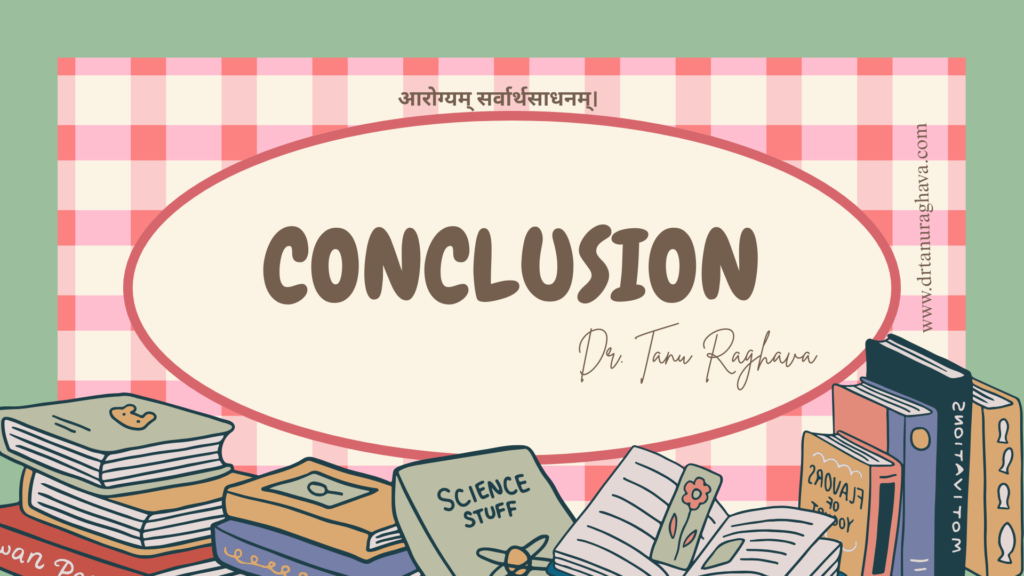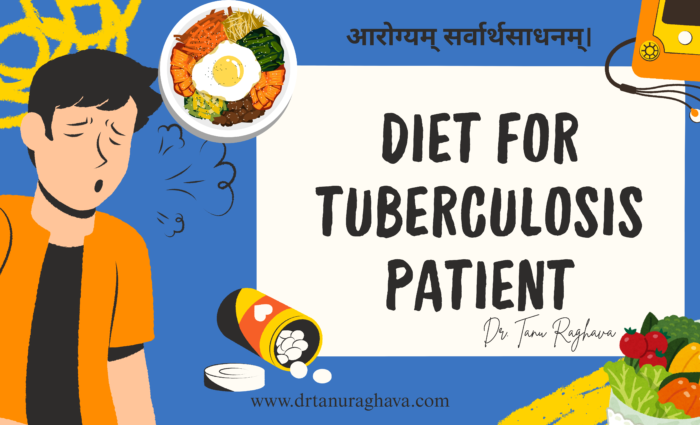Introduction
Table of Contents
ToggleTuberculosis (TB) is a chronic infectious disease that demands more than just medicines. According to Dr. Tanu Raghava, a proper diet combined with homeopathic support can significantly improve the healing rate. In this detailed guide, we explore the best dietary practices, lifestyle habits, and powerful homeopathic remedies to combat TB effectively.
The Culprit Behind Tuberculosis
Tuberculosis is caused by Mycobacterium tuberculosis, a bacteria that primarily affects the lungs but can also spread to other organs. TB spreads through airborne particles when an infected person coughs, sneezes, or talks.
Causes of Tuberculosis
- Exposure to infected individuals
- Weak immune system (HIV, malnutrition, etc.)
- Smoking or substance abuse
- Living in overcrowded or poorly ventilated environments
- Diabetes or other chronic illnesses
Types of Tuberculosis
- Pulmonary TB: Affects the lungs and is the most contagious type
- Extrapulmonary TB: Affects other organs such as lymph nodes, spine, kidneys
- Latent TB: Inactive bacteria, no symptoms, but risk of becoming active
- Drug-Resistant TB: TB strains resistant to standard treatments
Symptoms of Tuberculosis
- Persistent cough for more than 3 weeks
- Blood in sputum
- Fever and night sweats
- Fatigue and weakness
- Unexplained weight loss
- Chest pain
- Shortness of breath
Scientific Evidence Supporting Homeopathy in Tuberculosis
Several studies have shown that individualized homeopathic remedies help in managing TB symptoms, improving immunity, and supporting recovery. Research published in the Homeopathy Journal and the International Journal of High Dilution Research shows that homeopathy can complement conventional TB treatment without side effects.

Role of Homeopathy in Tuberculosis
Dr. Tanu Raghava emphasizes that homeopathy strengthens the body’s defense system, reduces side effects of anti-TB drugs, and promotes tissue healing. Remedies are chosen based on patient constitution, emotional health, and specific symptoms. Homeopathy not only helps in symptomatic relief but also in reducing relapses and complications.
Homeopathic Medicines
1. Tuberculinum – Chronic respiratory complaints with weakness
- Constant fatigue
- Long-standing cough
- Desire for cold milk
- Changeable symptoms and mood swings
2. Phosphorus – TB with bleeding tendency and weakness
- Cough with blood-tinged sputum
- Thirst for cold drinks
- Chest tightness and burning
- Weakness from slightest exertion
3. Calcarea Carb – Susceptible to chest infections and cold
- Profuse night sweats
- Craving for eggs
- Easily fatigued and breathless
- Obese and chilly patients
Other Important Remedies:
- Silicea – Slow healing, pus-forming infections, poor stamina
- Stannum Met – Extreme weakness, especially in chest muscles, green sputum
- Bacillinum – Used when TB runs in the family or there’s a strong history
- Iodum – Rapid tissue wasting, constant hunger, irritability
Importance of Correct Diet in Tuberculosis
Dr. Tanu Raghava explains that nutrition plays a key role in healing TB. A TB patient needs high protein, good fats, vitamins, and minerals to repair tissues, support immunity, and regain weight.
Foods to Eat:
- Fruits: Bananas, apples, pomegranate, papaya, guava, mango
- Vegetables: Spinach, carrots, sweet potato, broccoli, bottle gourd
- Pulses: Moong dal, masoor dal, arhar dal (rich in protein)
- Nuts/Seeds: Almonds, peanuts, walnuts, sunflower seeds, chia seeds
- Dairy: Milk, paneer, curd (if tolerated)
- Other: Eggs, lean chicken, whole grains, ghee in moderation
Foods to Avoid:
- Processed foods and snacks
- Excessive sugar and refined carbs
- Cold drinks and sodas
- Alcohol and tobacco
- Excessive spicy and fried foods
Do’s and Don’ts (Lifestyle Changes)
Do’s:
- Get 8–9 hours of restful sleep
- Take medications and homeopathic remedies regularly
- Eat small, frequent, nutritious meals
- Spend time in fresh air and sunlight
- Maintain hygiene and use separate utensils
Don’ts:
- Don’t skip medication or homeopathic support
- Avoid close contact with others during active infection
- Don’t suppress appetite
- Avoid self-medication
- Don’t stay in closed, poorly ventilated rooms
Top 3 Yoga Exercises for Tuberculosis Patients
1. Bhujangasana (Cobra Pose)
Steps:
- Lie on your stomach
- Place palms beside your shoulders
- Inhale and lift your chest
- Hold for 15–20 seconds, exhale and return
2. Anulom Vilom (Alternate Nostril Breathing)
Steps:
- Sit comfortably
- Close one nostril, inhale from the other
- Alternate and repeat for 5–10 minutes
3. Setu Bandhasana (Bridge Pose)
Steps:
- Lie on your back, knees bent
- Lift your hips upward while inhaling
- Hold for 10–15 seconds, exhale and release
Bonus Tip
Mix turmeric with warm milk and add a pinch of black pepper. This natural drink reduces inflammation, boosts immunity, and helps heal lung tissue.

Conclusion
Tuberculosis is a serious condition that needs comprehensive care. As Dr. Tanu Raghava advises, combining the right nutrition, homeopathy, yoga, and lifestyle habits greatly enhances recovery. TB can be defeated with consistent effort, expert guidance, and holistic support.
FAQs
Q1. Can homeopathy cure tuberculosis completely?
Ans: Homeopathy supports recovery and prevents relapse when combined with medical treatment. Always consult a specialist like Dr. Tanu Raghava.
Q2. What foods help improve TB recovery?
Ans: High-protein foods like eggs, pulses, dairy, fruits, and leafy greens help rebuild tissues and boost immunity.
Q3. Is yoga safe for TB patients?
Ans: Yes, under supervision. Breathing exercises and light postures like those recommended by Dr. Tanu Raghava help strengthen lungs.
Q4. Can TB patients take milk and ghee?
Ans: Yes, if tolerated well. Dr. Tanu Raghava suggests moderate intake for nourishment.
Q5. What is the best homeopathic remedy for TB?
Ans: Remedies like Tuberculinum, Phosphorus, and Calcarea Carb are commonly used but must be prescribed individually by experts like Dr. Tanu Raghava.





